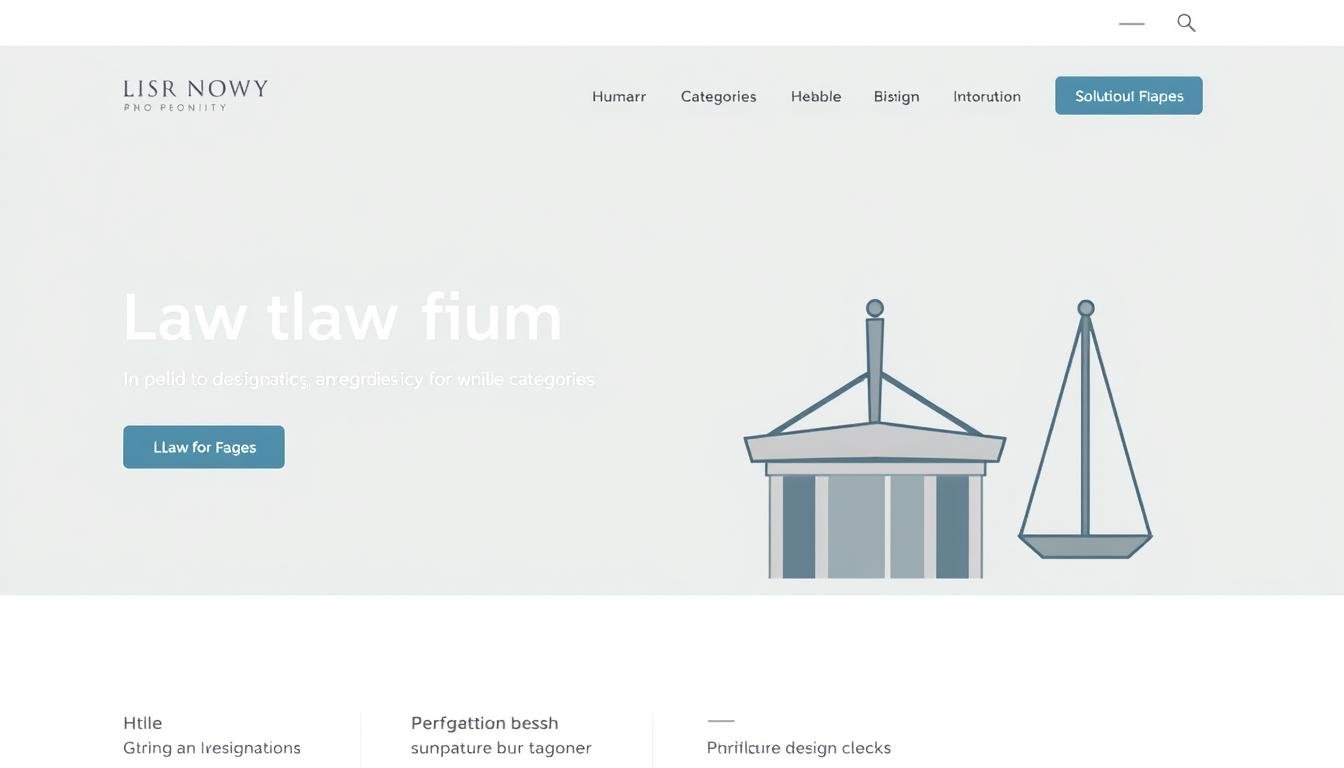Did you know the Client Portal Software Market was worth USD 1.7 billion in 2023? It’s expected to grow fast, with a CAGR over 8% from 2024 to 2032. Businesses today need to offer smooth and personal interactions. That’s why client portal integrations are key in the competitive world.
At Law Webber, we see client portal integrations as more than tech tools. They are vital for secure and effective communication between businesses and clients. These integrations make operations smoother, improve onboarding, and boost CRM and customer service.
With 33% of clients leaving due to poor experience, the need is urgent. A client portal can greatly improve a firm’s strategy. It offers automated workflows, secure file sharing, and strong data security. This meets the growing need for 24/7 access to information and support.
Key Takeaways
- Client portal integrations enhance operational efficiency across various industries.
- Over 88% of clients value effective onboarding material, impacting their loyalty to businesses.
- Robust data security in client portals is essential for customer trust.
- Personalized client experiences can prevent business churn.
- 24/7 access to client portals meets the increasing demand for self-service options.
- Client portals serve as a competitive advantage, particularly in law, finance, and healthcare sectors.
Understanding Client Portal Integrations
Client portal integrations are key to better business operations in many fields. They offer web-based platforms for secure client interaction. This means clients can easily access important info and tools. Whether you have a small or big company, these integrations offer many benefits.
What Are Client Portal Integrations?
Client portal integrations are online tools for better communication between businesses and clients. They let users check documents, share files, and manage tasks in one spot. This makes workflows smoother and reduces email clutter.
With these platforms, sensitive data is safe and accessible from anywhere with internet. This makes sharing files easy and secure.
Benefits for Businesses
Using client portal technology brings big advantages to businesses. Some main benefits are:
- Improved customer experience with personalized dashboards and self-service tools.
- More efficiency, as clients can book appointments on their own, freeing up staff.
- Stronger data security, keeping client info safe and in line with standards.
About 70% of customers now expect self-service options on company websites. This shows the need to meet these expectations and offer a smooth experience.
Key Features to Look For
Choosing the right client portal means looking at certain features. These features should make the portal easy to use and efficient. Key things to focus on are:
- User-friendly design for easy navigation, no matter the client’s tech skills.
- Integration with CRM systems to improve workflow and cut down on mistakes.
- Strong data security, like access controls and encryption, to protect sensitive info.
- Automated workflow integrations to lessen repetitive tasks.
- Payment gateway integration for smooth financial transactions.
By keeping these points in mind, businesses can pick a client portal that fits their needs. This strengthens their bond with clients.

Popular Client Portal Integration Solutions
In today’s fast-paced world, companies need to use client portal solutions to better serve their customers. These tools help improve how businesses work and make customers happier. Many software options are available, each designed for different industries.
Software Options for Different Industries
Different sectors have their own client portal solutions. For example:
- Healthcare: Portals let patients manage their appointments and see their health records safely.
- Financial Services: Clients can check their investments easily, making sure they’re involved and informed.
- Legal Industry: Portals help share documents and track cases, building stronger client bonds.
Comparing Top Providers
We compare the best client portal providers to help you choose. We look at their features, prices, and what customers say. Here’s a quick look at some top choices:
| Provider | Starting Price | Main Features |
|---|---|---|
| Salesforce CRM | Contact for Pricing | Vast integration options, scalability |
| NetSuite CRM | Contact for Pricing | Cloud-based system, automation, integration |
| Zoho CRM | $20/month (free trial available) | Affordable, flexible, cloud-based |
| HoneyBook | Contact for Pricing | Project management, invoicing, client portal |
| Zendesk | $55/month (free trial available) | Client support, effective communication tools |
Customer Success Stories
Many companies have seen big improvements by using client portal integrations. Here are some success stories:
- BNP Paribas: Created a secure hub to boost client interaction, offering remote access to services.
- Property Management Firms: Used custom portals to make workflow smoother, focusing on clear communication and efficiency.
These examples show how client portals can change a business for the better, both in how it operates and in customer satisfaction.

Implementing Client Portal Integrations
Starting a client portal integration needs a careful plan. We first look at what our business needs. This helps us pick the right onboarding software.
It’s important to involve everyone in the decision-making. Working closely with vendors is key to meet our needs, like better billing and invoicing. Training staff and clients is crucial for a smooth change.
Steps for a Successful Implementation
Setting up client portals can make our work better. But, we might face challenges like people not wanting to change. To overcome this, we need to be open, train well, and explain the benefits clearly.
Keeping client data safe is also a big deal. With strong security, we can protect our clients’ information and build trust.
Common Challenges and Solutions
After setting up, we need to see how well it’s working. We track things like how happy our clients are and how fast we answer their questions. By looking at these numbers, we learn what works and what doesn’t.
We keep improving by listening to our clients. This way, our law firm stays ahead in the digital world.






